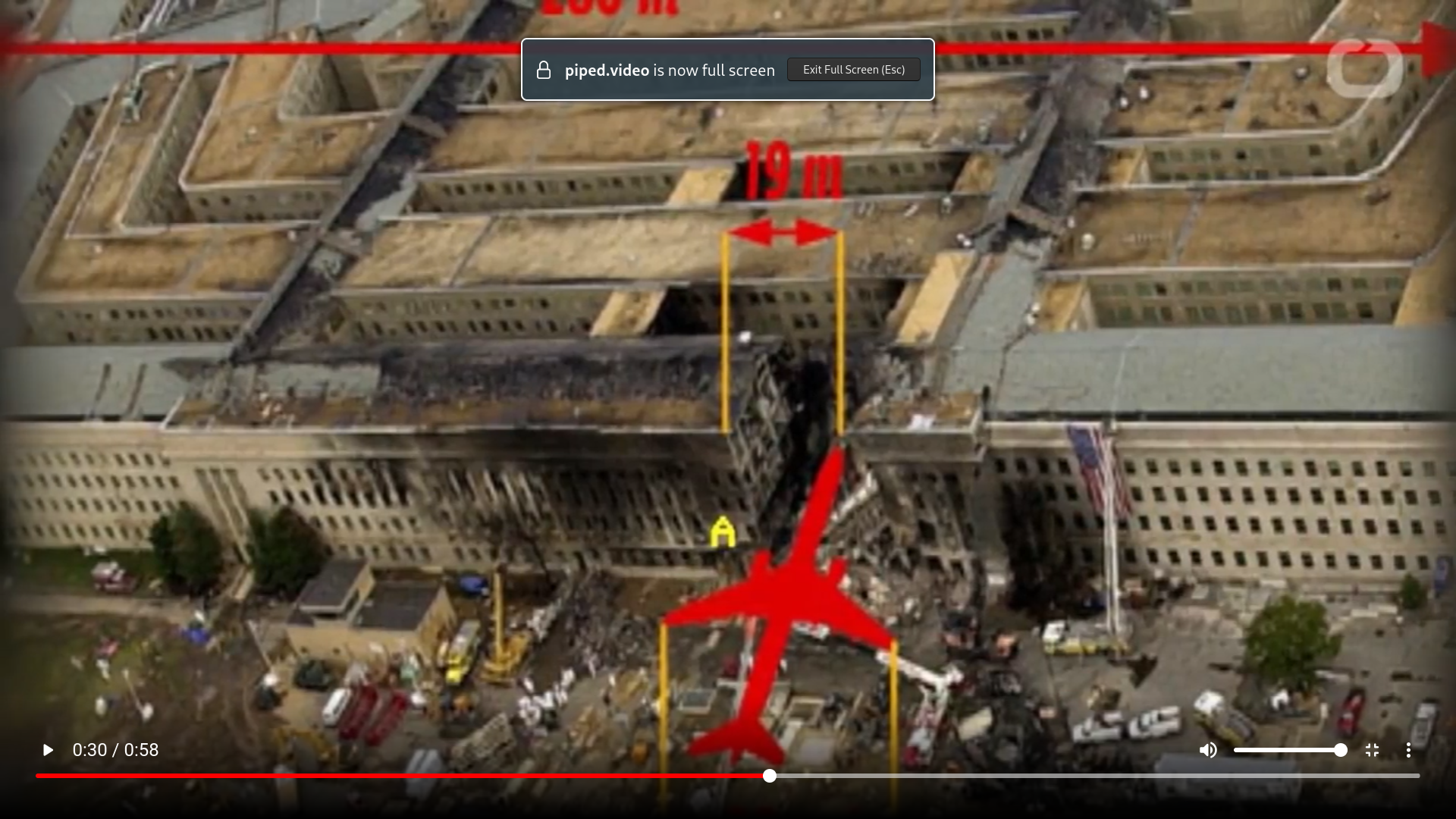

The structure is shown in the full text:



The structure is shown in the full text:



I did not know of the term “open washing” before reading this article. Unfortunately it does seem like the pending EU legislation on AI has created a strong incentive for companies to do their best to dilute the term and benefit from the regulations.
There are some paragraphs in the article that illustrate the point nicely:
In 2024, the AI landscape will be shaken up by the EU’s AI Act, the world’s first comprehensive AI law, with a projected impact on science and society comparable to GDPR. Fostering open source driven innovation is one of the aims of this legislation. This means it will be putting legal weight on the term “open source”, creating only stronger incentives for lobbying operations driven by corporate interests to water down its definition.
[…] Under the latest version of the Act, providers of AI models “under a free and open licence” are exempted from the requirement to “draw up and keep up-to-date the technical documentation of the model, including its training and testing process and the results of its evaluation, which shall contain, at a minimum, the elements set out in Annex IXa” (Article 52c:1a). Instead, they would face a much vaguer requirement to “draw up and make publicly available a sufficiently detailed summary about the content used for training of the general-purpose AI model according to a template provided by the AI Office” (Article 52c:1d).
If this exemption or one like it stays in place, it will have two important effects: (i) attaining open source status becomes highly attractive to any generative AI provider, as it provides a way to escape some of the most onerous requirements of technical documentation and the attendant scientific and legal scrutiny; (ii) an as-yet unspecified template (and the AI Office managing it) will become the focus of intense lobbying efforts from multiple stakeholders (e.g., [12]). Figuring out what constitutes a “sufficiently detailed summary” will literally become a million dollar question.
Thank you for pointing out Grayjay, I had not heard of it. I will look into it.
Jajaja, sí, soy Mexicano 😁
🥳 Muchas gracias!


First of all, congratulations for bringing a baby girl into this world!! You must be really excited! I am very happy for you!
This looks very cool. I set up a wiki (https://ibis.mander.xyz/) and I will make an effort to populate it with some Lemmy lore and interesting science/tech 😄 Hopefully I can set some time aside and help with a tiny bit of code too.
I am also quite interested in this. It is not something that keeps me awake at night, and I am not particularly paranoid about it. But I find that working towards answering this question is a fun frame from which to learn about electronics, radio communications, and networking.
Since this appears to be something that is causing you some anxiety, I think it is better if I start by giving you some reassurance in that I have not yet managed to prove that any electronic device is spying on me via a hidden chip. I don’t think it is worth being paranoid about this.
I can explain some things that could be done to test whether a Linux computer spying. I am not suggesting that you try any of this. I am explaining this to you so that you can get some reassurance in the fact that, if devices were spying on us in this manner, it is likely that someone would have noticed by now.
The “spy” chip needs some way to communicate. One way a chip might communicate is via radio waves. So, the first step would be to remove the WiFi and Bluetooth dongles and any other pieces of hardware that may emit radio waves during normal operation. There is a tool called a “Spectrum Analyzer” that can be used to capture the presence of specific radio frequencies. These devices are now relatively affordable, like the tinySA, which can measure the presence of radio frequencies of up to 6 GHz.
One can make a Faraday cage, for example, by wrapping the PC with a copper-nickel coated polyester fabric to isolate the PC from the radio waves that are coming from the environment. The spectrum analyzer antennas can be placed right next to the PC and the device is left to measure continuously over several days. A script can monitor the output and keep a record of any RF signals.
Since phones are small, it is even easier to wrap them in the copper-nickel polyester fabric alongside with the spectrum analyzer antenna to check whether they emit any RF when they are off or in airplane mode with the WiFi and Bluetooth turned off.
What this experiment may allow you to conclude is that the spy chip is not communicating frequently with the external world via radio frequencies, at least not with frequencies <= 6 GHz.
Using frequencies higher 6 GHz for a low-power chip is not going be an effective method of transmitting a signal very far away. The chip could remain hidden and only emit the signal under certain rare conditions, or in response to a trigger. We can’t rule that out with this experiment, but it is unlikely.
A next step would be to test a wired connection. It could be that the spy chip can transmit the data over the internet. One can place a VPN Gateway in between their PC and the router, and use that gateway to route all the traffic to their own server using WireGuard. All network packets that leave through the PC’s ethernet connection can be captured and examined this way using Wireshark or tcpdump.
If one can show that the device is not secretly communicating via RF nor via the internet, I think it is unlikely that the device is spying on them.


Fair enough. I just looked it up and if the scale in this image is correct, I agree that the size of the hole looks small in comparison. I also looked at the security video of the crash itself and it is frustrating how little we can see from it.

Since this was such an important event and there seems to be a lack of specific pieces of essential evidence - either because of bad luck or because of a cover-up - I understand the skepticism. And I am not a fan of blindly believing any official narrative. But, without any context, if I see that photo and someone tells me that a plane crashed into that building, I would find it probable simply because the shape is so similar to the photo of the Bijlmer accident that I’m familiar with. A plane crash seems to me like a very chaotic process, so I don’t have a good expectation of what the damage should look like.
Maybe I’ll look for a pentagon crash documentary some time.


I don’t have much of an opinion on this topic, I haven’t really looked into it.
But as soon as I saw this image, the El Al Flight 1862 which crashed in the Bijlmer in Amsterdam in 1992 immediately came to mind. The shape of the hole is very similar!

This image shows the likely position of the Bijlmer plane during the crash:

The image you posted of the Pentagon seems to me consistent with what I have seen of the Bijlmer accident, and so the shape of the hole and the absence of wings in the photo does not persuade me personally that no plane was involved.
Is the fact that I recognize this comment evidence that I use Lemmy a bit too much? 😅
I will also pay close attention and see if I can catch that happening.
I think we might see one or more “trusted fediverse” groups emerge in the next few years, with instance admins making commitments to security controls, moderation, code of conduct, etc.
There is now at least one system in place for admins to vouch for other instances being non-malicious, and to report suspected instances. It is called the fediseer: https://gui.fediseer.com/
Do you see a random nickname from a stranger, or a nickname of an account that was previously logged into using the same computer?
What is an open account sharing channel?


That’s awesome! Thanks for sharing


I have the Tianje MF903 (https://nl.aliexpress.com/item/32719535459.html), which I bought early 2022.
But just now I have done a search and I see many more pocket wifi routers now. Unfortunately I can’t tell you if they work well, or if it is also possible to change their IMEI easily. The one I have is functional, but it doesn’t have a very long battery life.


Almost all countries require official authentication to activate a SIM card.
Fortunately not in the Netherlands. I don’t think that’s the case in the rest of the EU. I can use free sim cards as much as I want!
When communicating with cell towers, a phone will also broadcast its unique IMEI identifier. So, even if you swap the SIM card every day, your IMEI is still being broadcast the same.
Changing the IMEI of a phone in the EU is illegal, unless the manufacturer consents: https://www.legislation.gov.uk/ukpga/2002/31/section/1
So… I have a Chinese 4G mobile router, and the manufacturer gives me the permission to change the IMEI as it is an integrated feature of the device. I use that for my data. The data codes I purchase small quantities in bulk with cash, and I can access the router via its ip from my phone’s browser to send the SMS messages to activate the data codes as needed. Since WiFi connections are abundant around here I keep these codes for emergencies. I can go a few months some time without activating data codes. I mostly use them when traveling internationally.
Ah, cool! I got my 4 devices today and I have managed to play with them a bit. They are pretty cool! I was able to walk over to a park near my house and spoke with people across the world with no data in my phone :D
I ordered four of the simpler devices this weekend (LilyGO T3-S3 LoRa 868MHz - SX1262) and I have been reading about antennas.
Since I live in a city I am not super optimistic about the range. But I am still very curious about the concept, and I would love to be surprised.
After doing some search about antennas, I have decided to test the following combination:
3dBi 868MHz ISM Band Dipole Terminal Antenna for the LoRa that stays at home:
Sighunter 868 MHz to bring with me.
I also have a vector network analyzer (LiteVNA) that can be used for checking antennas, so I will also try to build some antennas myself. I doubt that my custom antennas will approach the performance of the professional ones… But I just find it such a cool concept.
Have you already gotten to play with it? What is your experience so far?


Nice to see he has had a graphics upgrade :p



I wouldn’t use this language myself because I am not ready to defend that it is reasonable to apply the Universal Declaration of Human Rights in this context.
I think that they might be referring to Article 1, and possibly 5.
If this is their interpretation, then calling someone a worthless piece of trash is also a violation. You are talking to another human being as if they have less dignity, and you are treating them in a cruel and degrading manner.
This work using high-throughput combinatorial chemistry to find molecules to stop/revert aging is amazing. I have been looking it in the past few days. The authors screened 653,000 different compounds, I am very curious about how expensive this screening was.
I was not aware of DePinho but I am familiar with Schultz’s work. I thought that would get a Nobel prize for his work on non-canonical amino acids, but he hasn’t yet. I am now placing my bets, Ronald DePinho and Peter G. Schultz will win a Nobel prize.